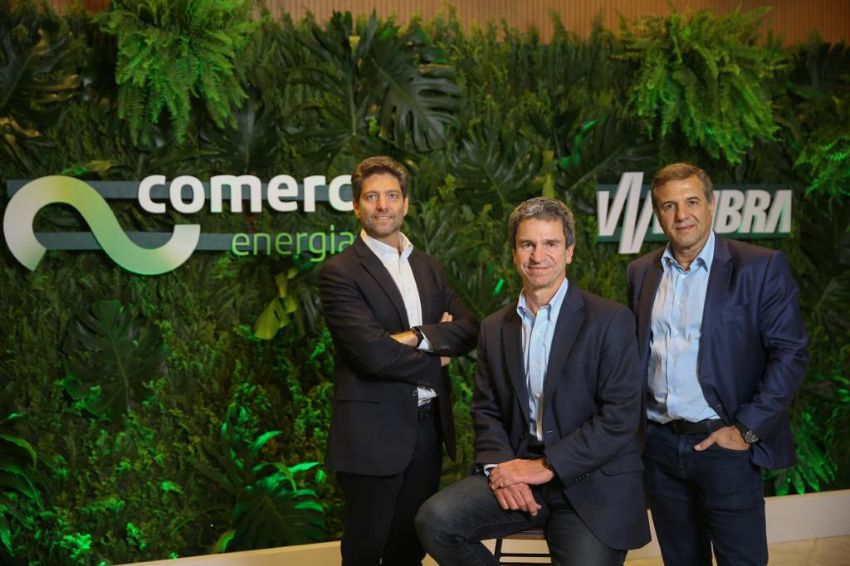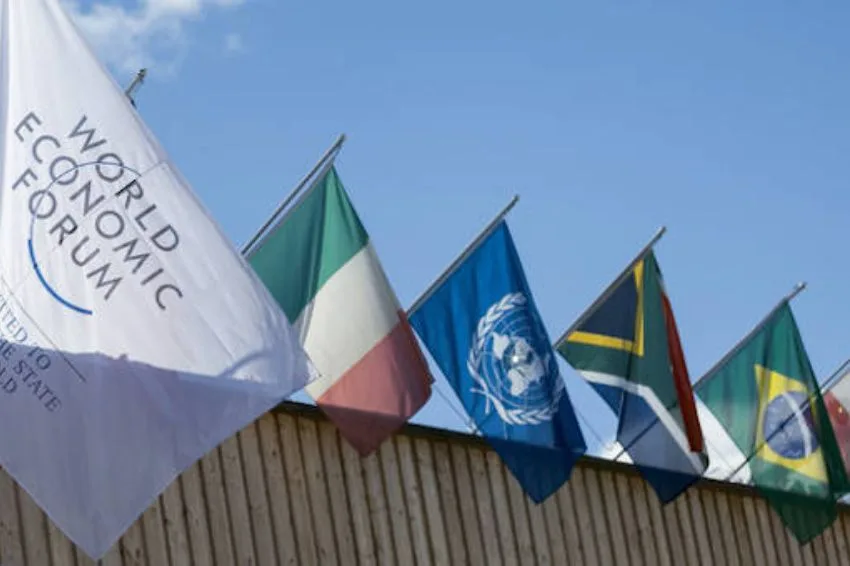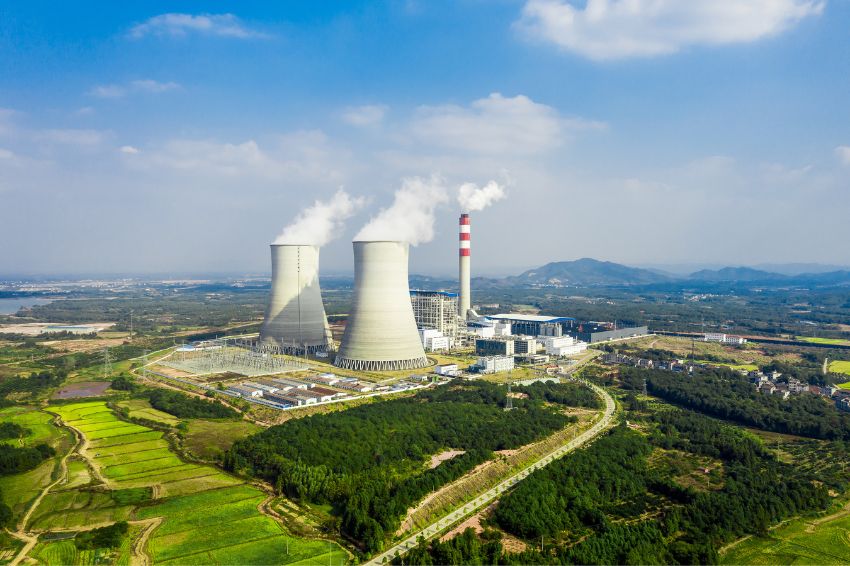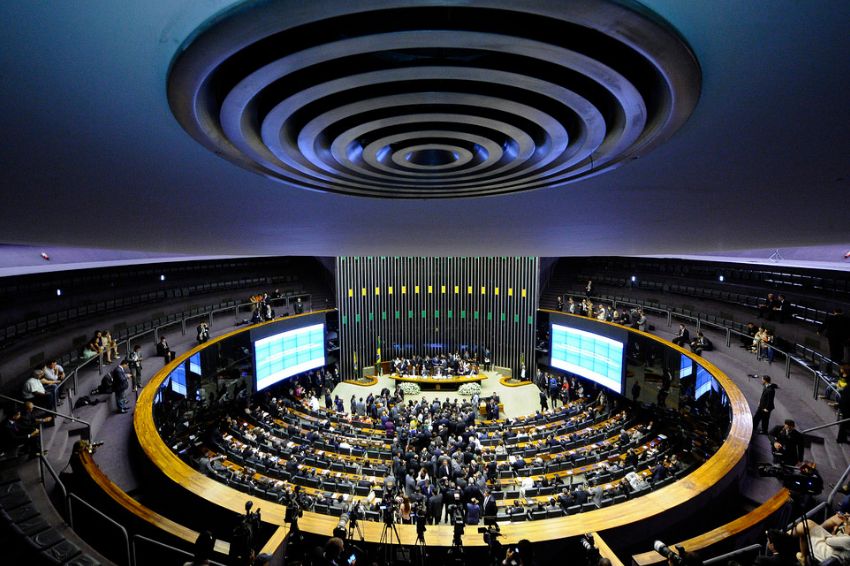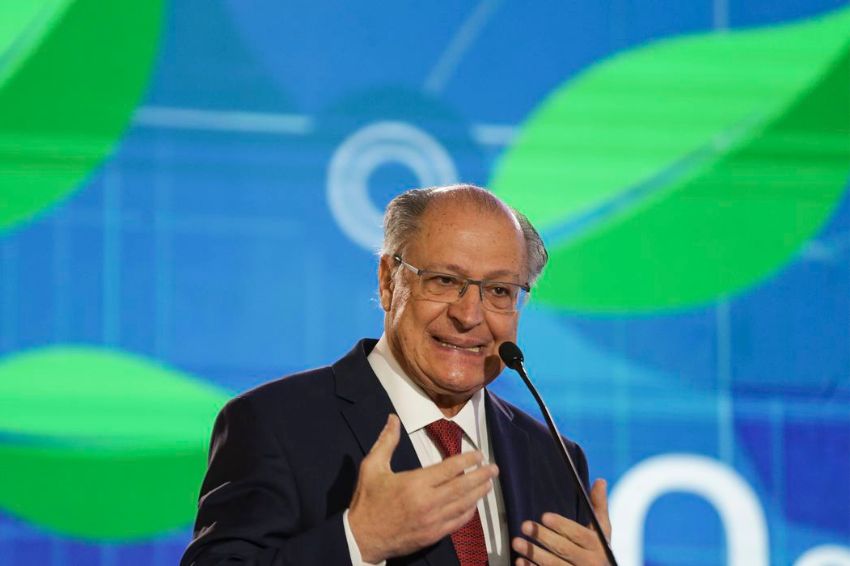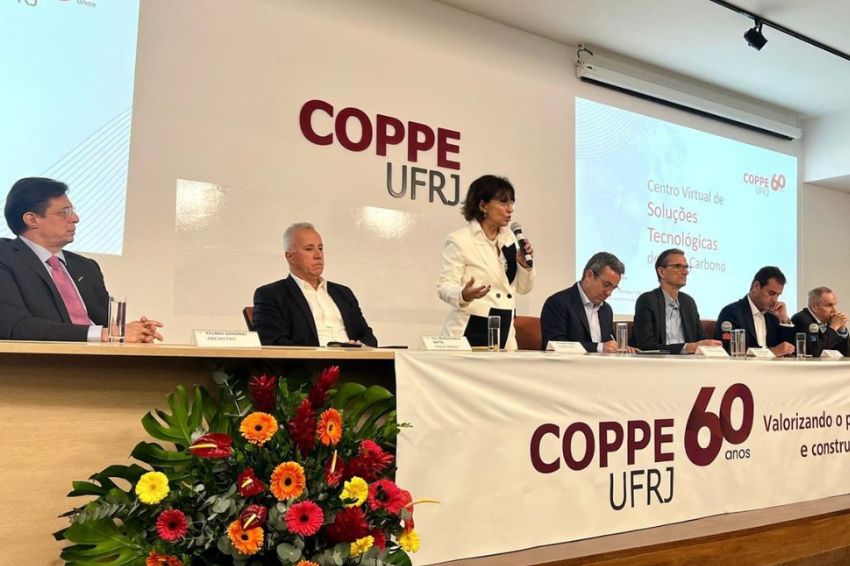Comerc Energia, in partnership with Vibra, announced last Tuesday (5) the launch of its Carbon Credit Operations Desk. With this, companies interested in decarbonizing their businesses will be able to purchase carbon credits and I-RECs to offset CO2 emissions.
Comerc and Vibra say that the initiative is in line with the strategies outlined by the partnership, which aims to enable alternatives for companies to be able to neutralize your greenhouse gas emissions and accelerate the energy transition in Brazil.
Comerc will also assist renewable energy generation companies in preparing their carbon projects, registration with international organizations and future commercialization of these generated credits.
How does a carbon table work?
A carbon desk works in a similar way to an operations desk in the Brazilian market, enabling the purchase and sale of carbon credits. Customers will benefit from greater liquidity and reliability for transactions.
What are carbon credits and I_RECs
Carbon credit is a “currency” that represents a ton of carbon dioxide equivalent (tCO2e) that was no longer emitted or captured in the atmosphere.
The International REC Standard (I-REC) is a global system that allows the trading of renewable energy certificates, using a unified methodology to guarantee transparency and traceability. Both serve to enable companies to offset their CO2 emissions into the atmosphere.
There are two types of carbon markets: voluntary and regulated. In the voluntary market in force in Brazil, companies acquire carbon credits spontaneously, motivated by reputational or strategic reasons to meet sustainable goals.
The regulated market, responsible for most global transactions, is divided into “cap and trade”, in which the government sets emissions targets to be offset by sectors of the economy, and “carbon tax”, where segments are taxed of the economy and, to reduce or eliminate these rates, companies must prove investments in projects pre-established by the government.


